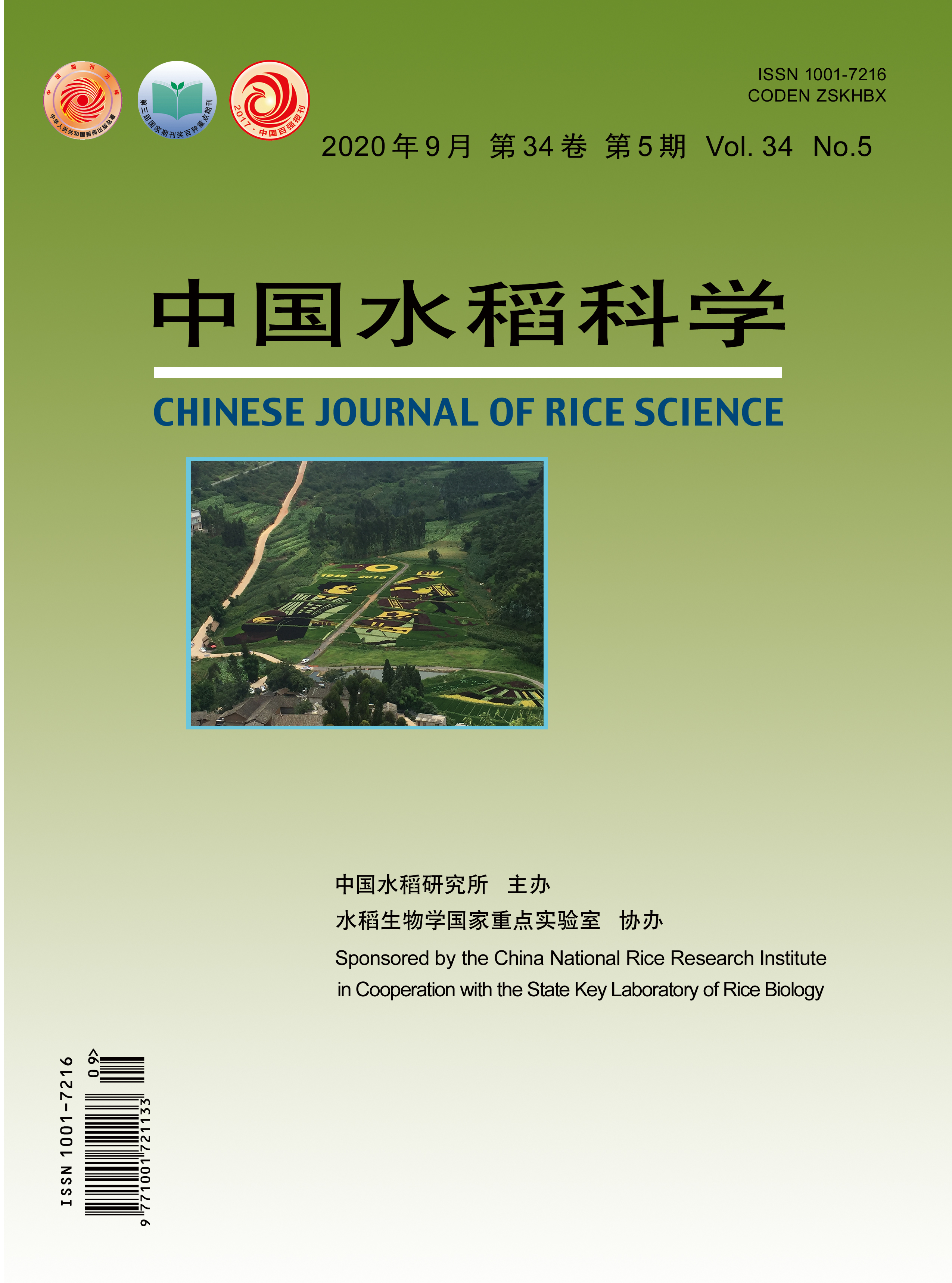【Objective】Under machine-transplanting conditions, four different types of late rice cultivars with high quality were used to investigate the differences of yield, growth characteristics, utilization of temperature and illumination. The results will lay a theoretical basis for the selection of double-cropping late rice varieties suitable for different ecological regions in the lower reaches of the Yangtze River. 【Method】The yield, growth duration, dry matter accumulation, and utilization of temperature and illumination of double-cropping late rice were comparatively studied using four kinds of rice varieties as test materials namely indica conventional rice, indica hybrid rice, japonica conventional rice and Changyou japonica hybrid rice (20 varieties in total, selected between 2016 and 2017, all of which were high-quality rice in the lower reaches of the Yangtze River as double-cropping late rice). The experiment was carried out in two cities, Fuyang, Zhejiang Province (30.05º N, 119.95º E, 17.93 m above sea level) and Lujiang, Anhui Province (31.15º N, 117.16º E, 14 m above sea level). 【Result】The yield of the four-types of late rice at high latitude was higher than that at low latitude. The yield of indica conventional rice, indica hybrid rice, japonica conventional rice, and Changyou japonica hybrid rice grown in Lujiang, Anhui Province was 11.1%, 12.9%, 6.6% and 12.4% higher than that in Fuyang, Zhejiang Province. When planted in the same places, Changyou japonica hybrid rice had the highest yield, and conventional indica rice had the lowest. The growth period was longer and dry matter accumulation was higher at high latitudes. When planted at high altitudes, the indica hybrid rice growth duration was the longest (10.4 d), and the increase in dry matter accumulation was the largest in conventional japonica rice (11.93% in full heading stage and 9.44% in mature stage). When planted in the same place, the dry matter accumulation was higher in hybrid rice than conventional rice. There was no significant difference in effective accumulated temperature between the filling stage and the whole growth duration of indica rice, but the sunshine hours, solar radiation, and its utilization rate were significantly higher at high latitudes. The effective accumulated temperature decreased significantly in the filling stage and the whole growth stage of japonica rice, but the change of accumulated sunshine hours was not obvious, while the accumulated solar radiation increased significantly at high latitudes. These were consistent with the changing trend of the utilization rate of the temperature and light resources. When planted at the same latitude, the growth period, dry matter accumulation, temperature and light resource utilization rate of japonica rice were higher than those of indica rice. 【Conclusion】Late indica rice could make full use of temperature and light resources in order to improve its yield when planted in Lujiang, Anhui Province, but the difference of the utilization efficiency in the temperature and light resources of late japonica rice was not obvious. The yield of late japonica rice in Lujiang, Anhui Province increased because of the extension of the growth duration and the increase of dry matter accumulation.

